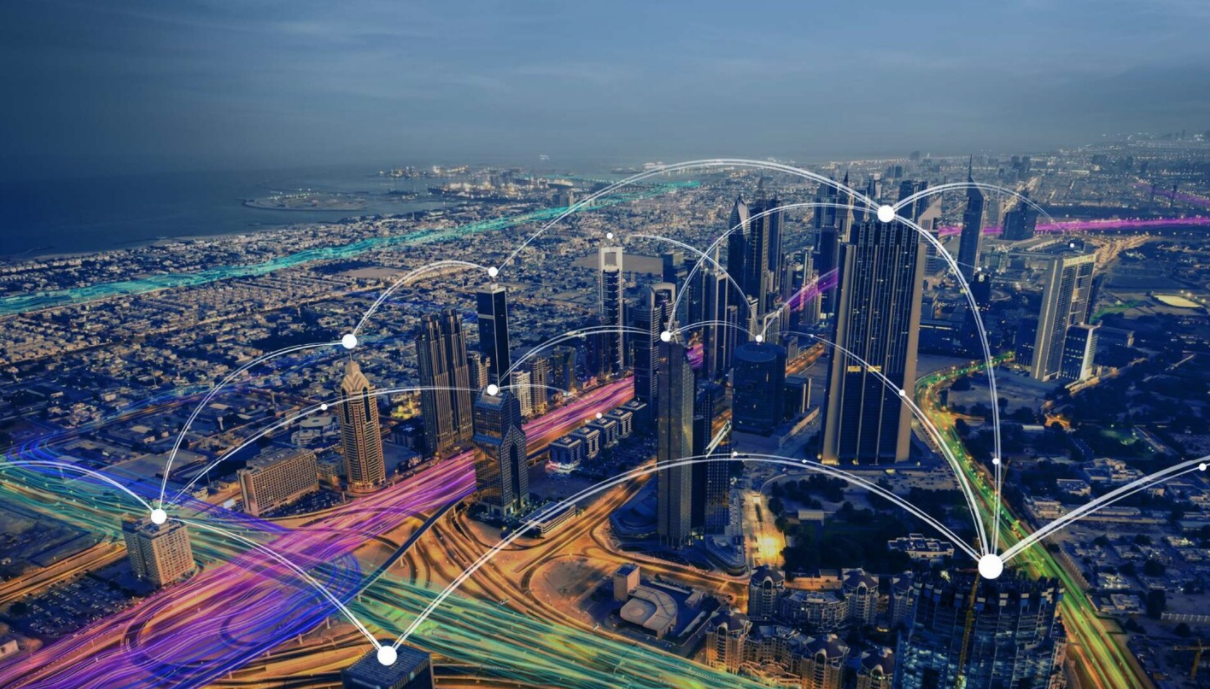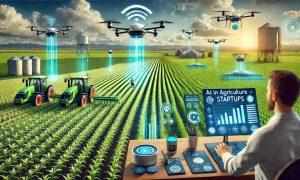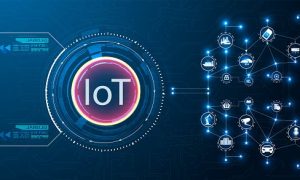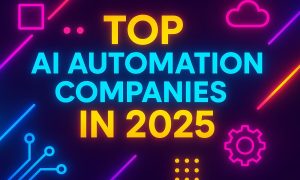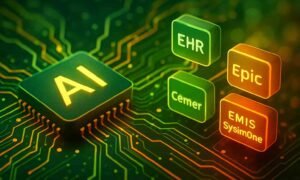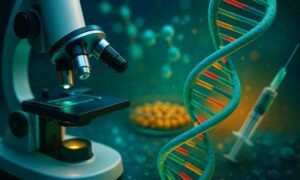

Dublin, March 21, 2024 (GLOBE NEWSWIRE) — The “Global IoT in Agriculture Market: Focus on Application, Product, and Country-Wise Analysis – Analysis and Forecast, 2023-2033” report has been added to ResearchAndMarkets.com’s offering.
The Global IoT in Agriculture Market, valued at USD 20.14 billion in 2023 is projected to reach USD 71.92 billion by 2033, showcasing a CAGR of 13.6%.
The relevance of IoT in the agriculture business cannot be emphasized, as it offers a tremendous leap forward in the potential to control and optimize agricultural processes. Farmers and agribusinesses who use IoT get access to a variety of real-time data from sensors that monitor soil moisture, crop health, weather conditions, and other variables. This data is used in advanced analytics to enable precision farming, which allows for the precise application of water, fertilizers, and pesticides, lowering costs and environmental impact while increasing yield and quality.
Furthermore, IoT technology allows for the automation of agricultural activities ranging from planting to harvesting, which can help to alleviate manpower shortages and increase production. The use of IoT in agriculture not only improves efficiency and sustainability but also contributes to food security by allowing smarter, more responsive agricultural systems that can adjust to changing climatic circumstances and rising global demand.
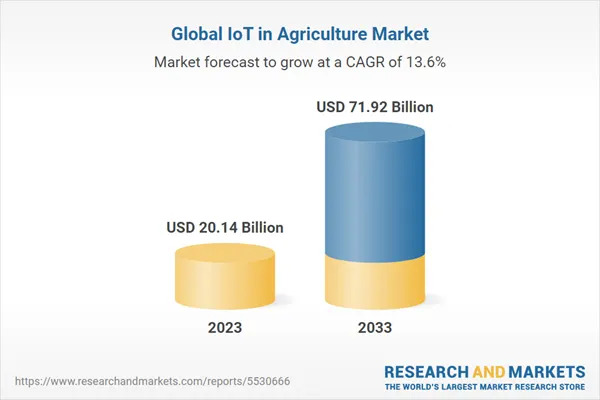
Industrial Impact
The Internet of Things (IoT) has had a disruptive industrial influence on the agriculture business, prompting a fundamental rethinking of agricultural techniques and supply chain management. The introduction of the Internet of Things (IoT) into agriculture, often known as ‘smart farming,’ has resulted in a data-driven business. Sensors placed across fields assess a range of characteristics, including temperature, humidity, soil moisture, and crop health, allowing farmers to make better-informed decisions. The real-time data acquired aids in the correct application of water, fertilizers, and pesticides, lowering costs and minimizing environmental effects. Furthermore, with IoT, agricultural machinery such as tractors and harvesters are becoming more self-sufficient, enhancing operating efficiency.
On a larger scale, the use of IoT technology in agriculture is causing alterations in labor dynamics, investment patterns, and even regional development strategies. As farms become more technologically advanced, there is a greater demand for a workforce that is proficient in both agriculture and technology, resulting in the development of new educational and training programs. Furthermore, the data-centric approach of IoT is drawing substantial investment from technology firms, venture capitalists, and even governments, all looking to capitalize on the efficiency and opportunities it offers. The industrial environment is being transformed, with technology providers and agribusinesses forming strategic partnerships and alliances to harness IoT to gain a competitive advantage in the ever-changing agriculture industry.


